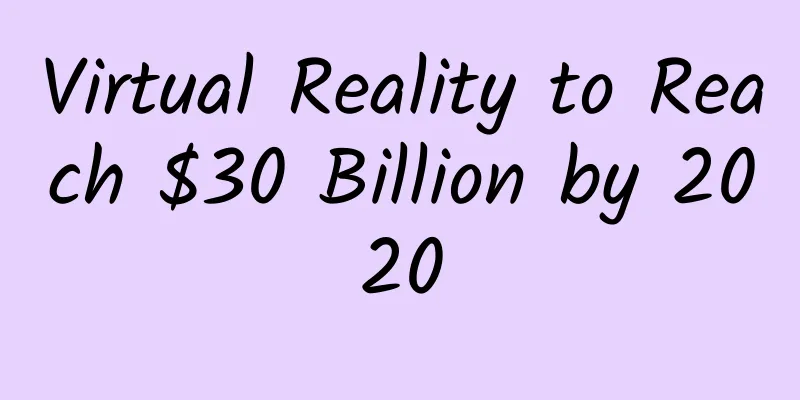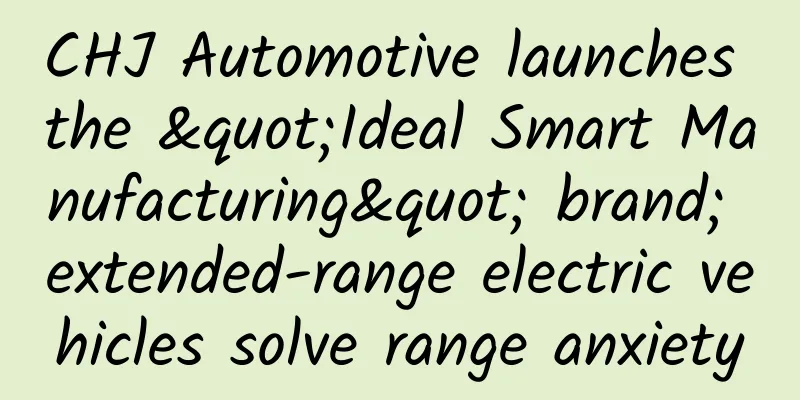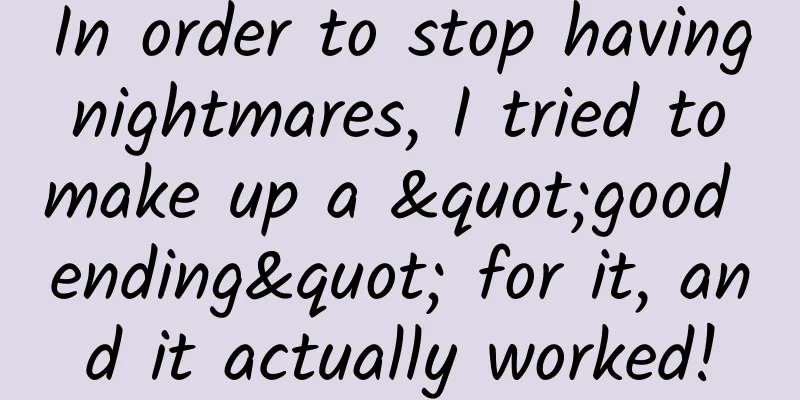Virtual Reality to Reach $30 Billion by 2020

|
According to a recent report from Digi-Capital, the market size of virtual reality technology will reach $30 billion by 2020, but the first consumer-grade virtual reality hardware will not be available until the end of 2015. However, such reports do not tell us who will use virtual reality devices and why, except for early enthusiasts. In our conversations with early adopters, developers, and enthusiasts of virtual reality, we sought to answer these questions and asked a number of experts: What will virtual reality look like in five years? Here are their responses: Keith Kasershot, VRtron developer Five years from now? I hope the Oculus Rift is out by then. (Laughter) They always miss releases. Hardcore gamers will use VR. But I don't think VR will be mainstream for another five years. People will learn about VR, and I would compare it to the 3D graphics accelerators that became popular in the 90s. What VR really needs is applications other than gaming, which should be the killer app for everyday people. All computers have 3D graphics accelerators because they can be used for more than just gaming. You can do video acceleration, or display other 3D images. VR will be similar, but it will take a few years. Robert Zimmerman, CEO of AlldotVR In five years, I think you'll see some kind of VR stations in all public places. In shopping malls, if there are any, you'll see them because we all want to interact with other people in real time. We'll want to sit down and be in close contact with other people. Maybe in a chain restaurant, you'll log into your own VR world. You'll have a completely different communication experience. But you can't do that while driving a car until you have a self-driving car. With self-driving cars, you might be able to stay in your VR world all the time. Jon Oakes, CEO, HYVR In 3-5 years, we will have a world of virtual reality. 2D experiences will still exist, but 3D experiences will be more appealing and people will prefer them. Whenever technology advances to give people higher resolution, larger screens, or faster response times, they will go for it. Once you give them the technology, they will demand it and it will become the standard. Nicolas Burtey, CEO, VideoStitch 120 years ago, Auguste and Louis Lumière made the first movie, and it was a train coming into a station. When the train came at the audience, they panicked and even retreated to the back of the room. Their brains couldn't react properly to what was happening. I think the same thing is happening with VR right now. "This is impossible, this is too weird." We need to train our brains. In 2-3 years, when you buy a smartphone, you will get an accessory that will transmit the smartphone to a VR headset. Every smartphone will come with this accessory, either for free or for as little as $10. So everyone can use a VR headset at home. Ted Krubasik, student at Technical University of Munich I'm very optimistic. I think in five years, consumer VR will have the breakthroughs we hope for. I've heard from David Holz of Leap Motion. He says that the third generation of VR hardware will be the size of my glasses, and that the rate of VR product replacement may be less than one year. I think we'll see a spark of innovation in VR once it becomes its own industry. Right now, VR is still plagued by problems in the surrounding industries. As a winner of Toutiao's Qingyun Plan and Baijiahao's Bai+ Plan, the 2019 Baidu Digital Author of the Year, the Baijiahao's Most Popular Author in the Technology Field, the 2019 Sogou Technology and Culture Author, and the 2021 Baijiahao Quarterly Influential Creator, he has won many awards, including the 2013 Sohu Best Industry Media Person, the 2015 China New Media Entrepreneurship Competition Beijing Third Place, the 2015 Guangmang Experience Award, the 2015 China New Media Entrepreneurship Competition Finals Third Place, and the 2018 Baidu Dynamic Annual Powerful Celebrity. |
<<: BOM cost announced for the first time. Who pays for LeEco's super phone?
>>: What is the gap between VR psychotherapy in Asia and Europe and the United States?
Recommend
The App Store free list and hot search list fluctuated abnormally, followed by a cleanup. What is Apple trying to do? !
On March 30, there were very obvious anomalies in...
Chuzhou SEO training: How do small and medium-sized enterprises do Internet marketing? What are the differences between different methods?
Small and medium-sized enterprises are often limi...
How much does it cost to be an agent for an electrician mini program in Xuzhou?
How much does it cost to be an agent of Xuzhou El...
My vision is only 0.1! I can’t use this kind of eye drops!
Review expert: Peng Guoqiu, deputy chief physicia...
The process of setting up a Toutiao information flow advertising account!
This article will tell you about the process of s...
Microsoft is developing a WSA subsystem: Android apps can run on Intel/AMD/ARM devices
Windows Subsystem for Android (WSA) will be relea...
Li Jiaqi’s private domain traffic gameplay!
The author disassembled Li Jiaqi 's private d...
User operation: How to do detailed user classification?
User operation is a module of knowledge required ...
I'll tell you at 3 o'clock! Why does your app have no users?
Recently, I have come into contact with some App ...
A good place to drink tea in Kunming shared by a friend. It is recommended on WeChat and is considered a safe and reliable place to drink tea in Kunming.
Kunming tea tasting comes with its own studio. Re...
iPhone 7 performance test: A10 processor beats all other processors
We have experienced the powerful performance of iP...
Academician Li Deren won the 2023 National Highest Science and Technology Award! He promoted China's surveying, mapping and remote sensing from a big country to a strong country.......
On June 24, 2024, the 2023 National Highest Scien...
Behind the scenes of Keep, an app for weight loss: How did it reach 2 million users in 3 months?
In this era that is very tolerant of entrepreneur...
Annual salaries of car company executives revealed, even 30 million can’t make it into the top five, so state-owned enterprises can’t beat private enterprises?
Recently, the salary dispute among senior executi...
When you have insomnia or can’t sleep, does closing your eyes and “squinting” count as resting?
The cover image of this article comes from the co...









